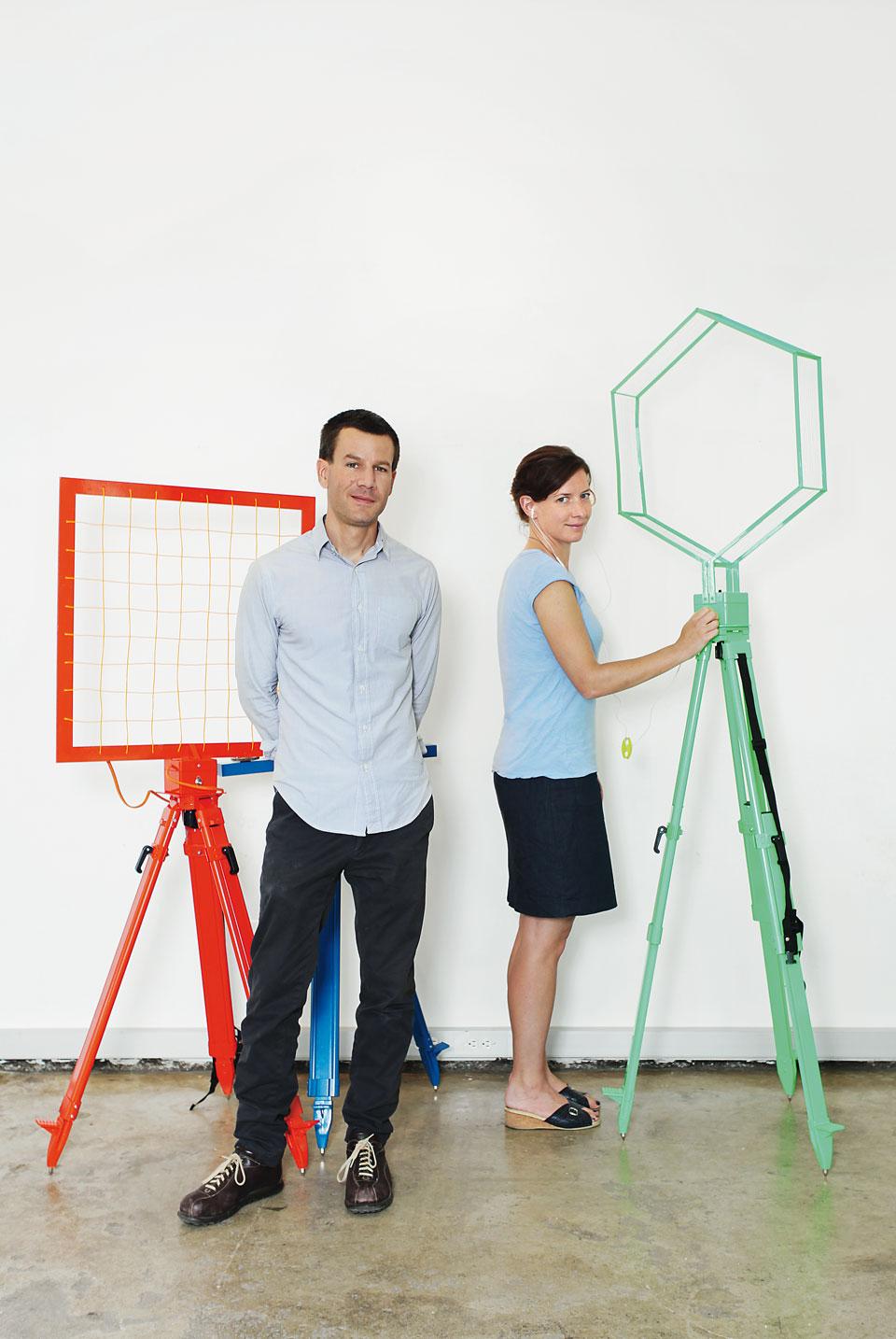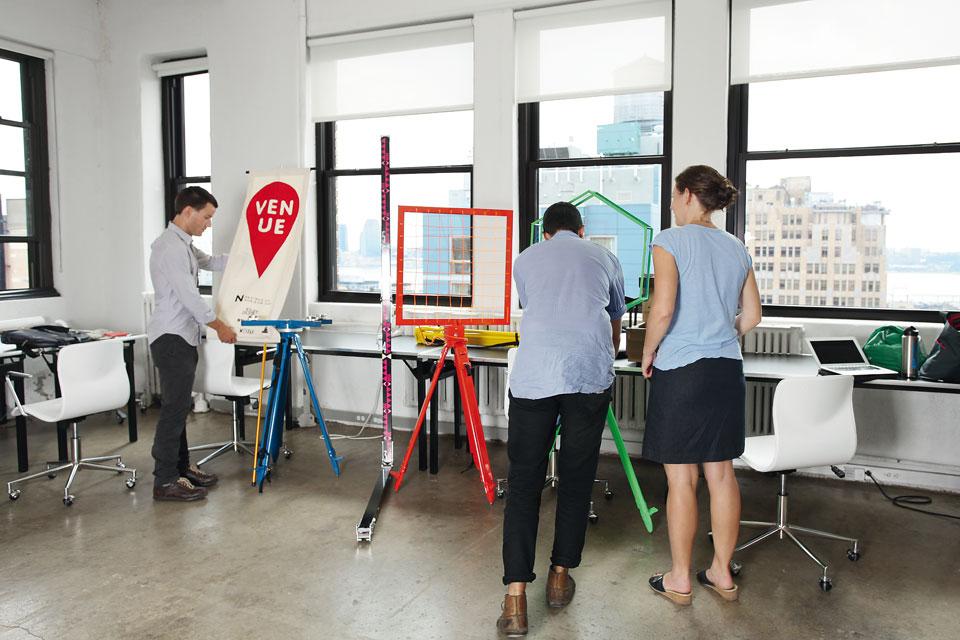Via domusweb
-----
The digital revolution has spawned a new generation of small, agile and hyperactive publishers who, over the last decade, have profoundly transformed how architecture and design are broadcast, both in print and online. An architecture report by Shumi Bose
-
This article was originally published in Domus 961 / September 2012
In Victor Hugo's The Hunchback of Notre-Dame, Claude Frollo looks from a printed book to the cathedral building and utters his famous phrase, "Ceci tuera cela" ("This will kill that"). Where once predictions ranged from the utopian to the apocalyptic, we now see an online world that sits alongside the physical world, and similarly fateful proclamations concerning the effect of online architectural publishing on print media have long since passed. In lieu of predictions of one supplanting the other, we see a reality in which distinctions between the two are increasingly blurred. The cacophony of viewpoints, ideas and juxtapositions may still exist, but from this are emerging increasingly hybrid voices and groups, and new forms of publishing conceived as media for conveying architectural and political ideas, rather than as endpoints in themselves.
Driving this new, complex definition of publishing is the widespread access to new technologies— something that has opened the door to a new understanding of what the word "readership" actually means. Contemporary audiences are well versed in receiving information via a variety of media, but reading is not enough: as well as navigating and selecting content, they expect to be able to contribute their own thoughts, ideas, variations and objections. But the impact of new technologies goes well beyond the ubiquitous reach and accessibility of blogs: it extends to short print- run books, global distribution networks, e-publishing, and so on. The thrill of the new isn't enough to hold our interest; increasingly we expect online platforms to be just one of the many tentacled operations of creative practitioners, with overspills between the physical and virtual worlds. Even Dezeen, once considered the epitome of rapid response online design publishing, has evolved into something much more complex, developing into a lifestyle brand that extends into the physical world with pop-up stores and exhibitions.












